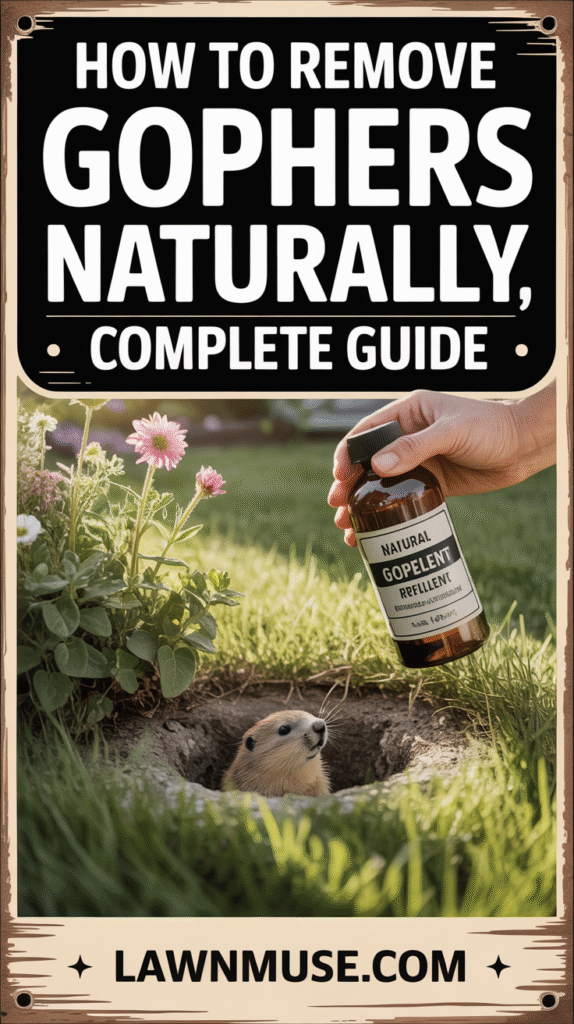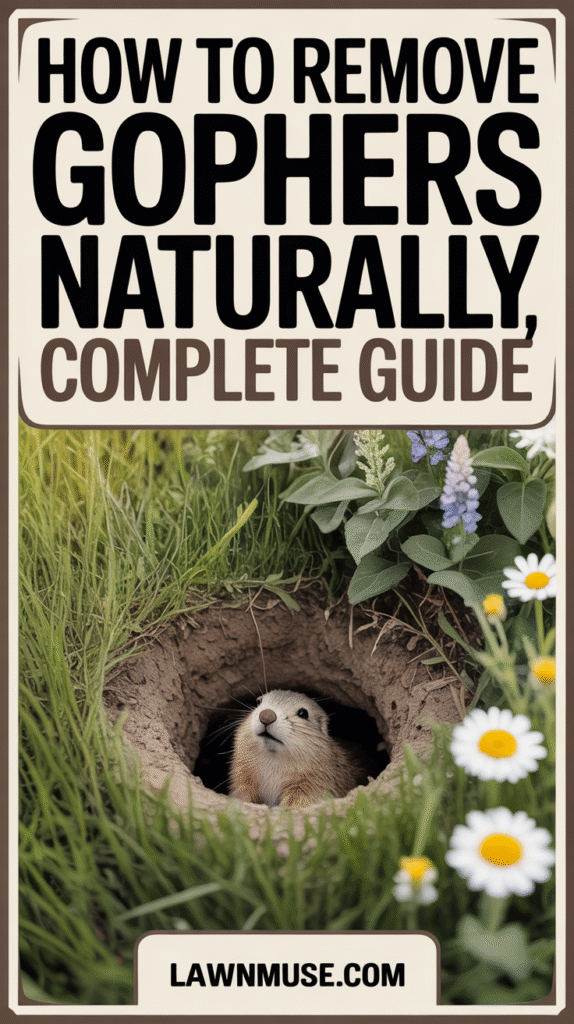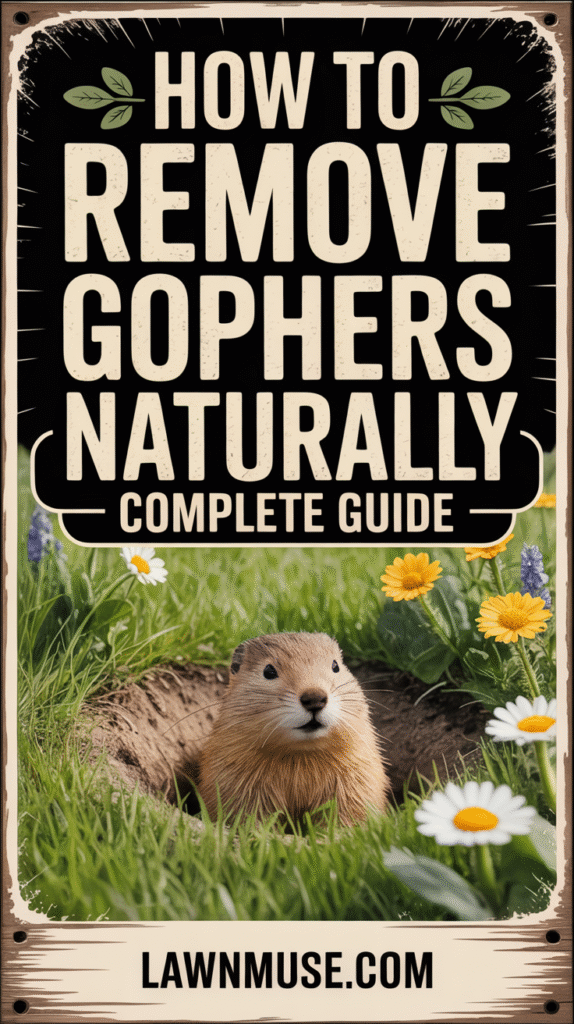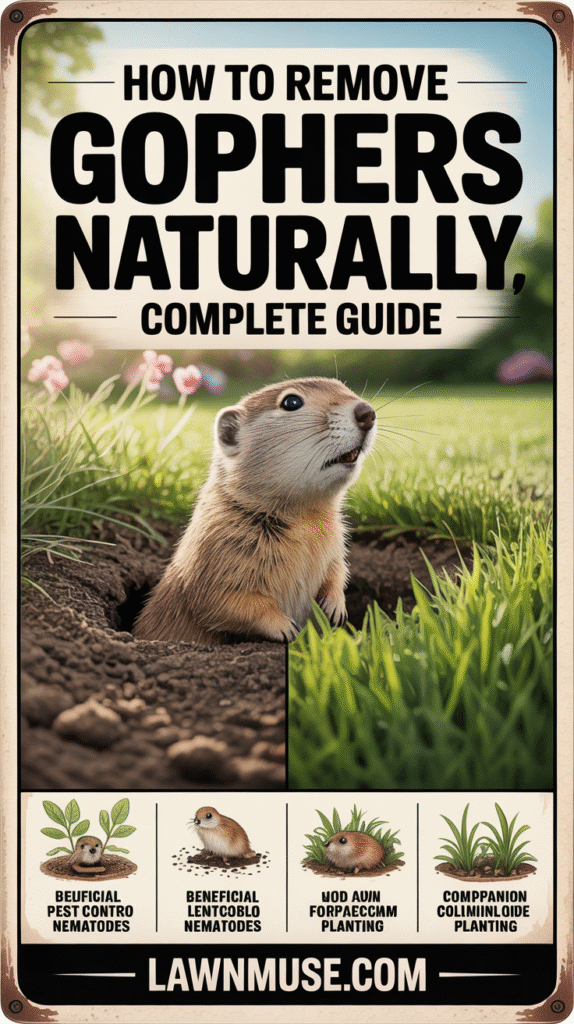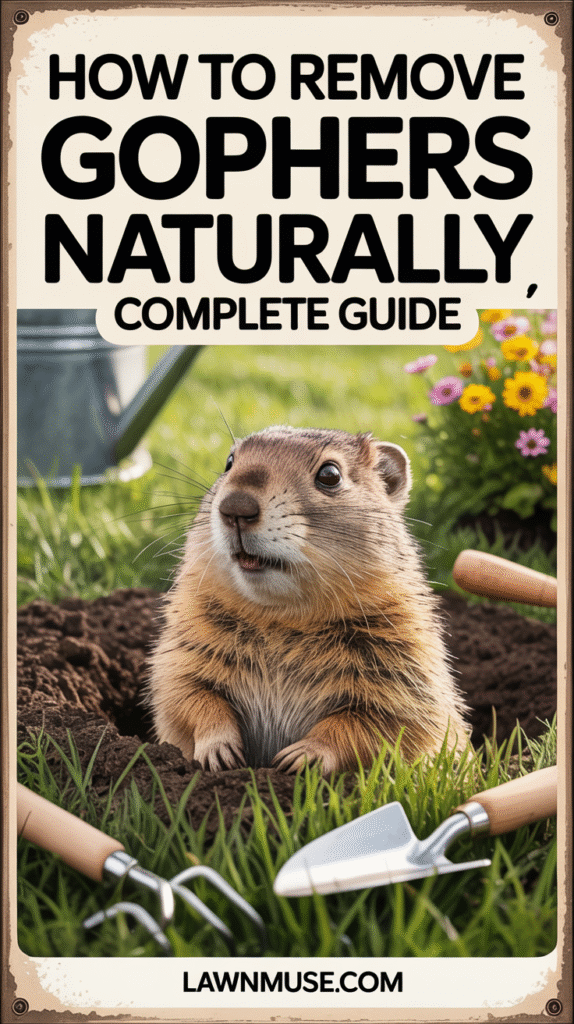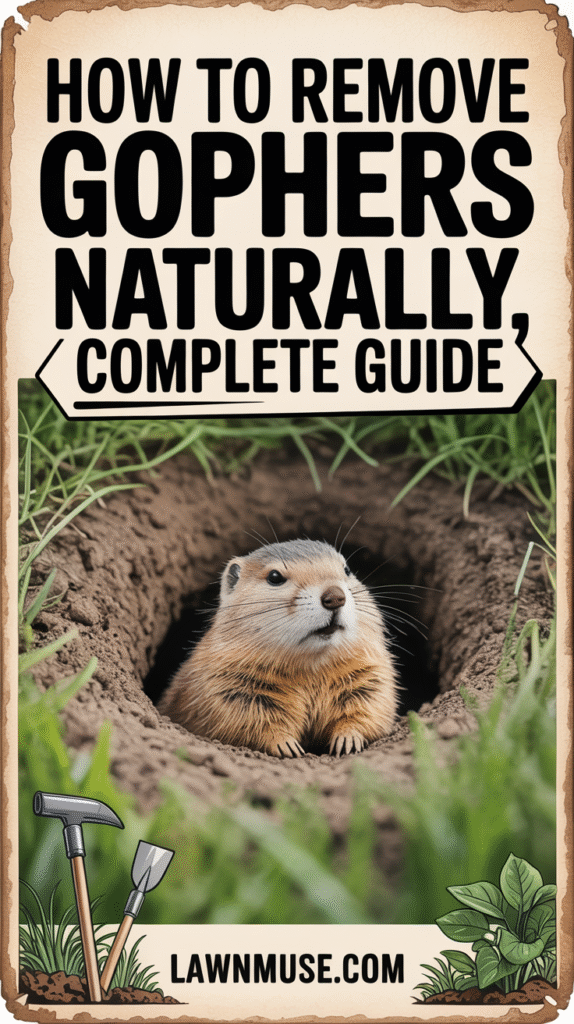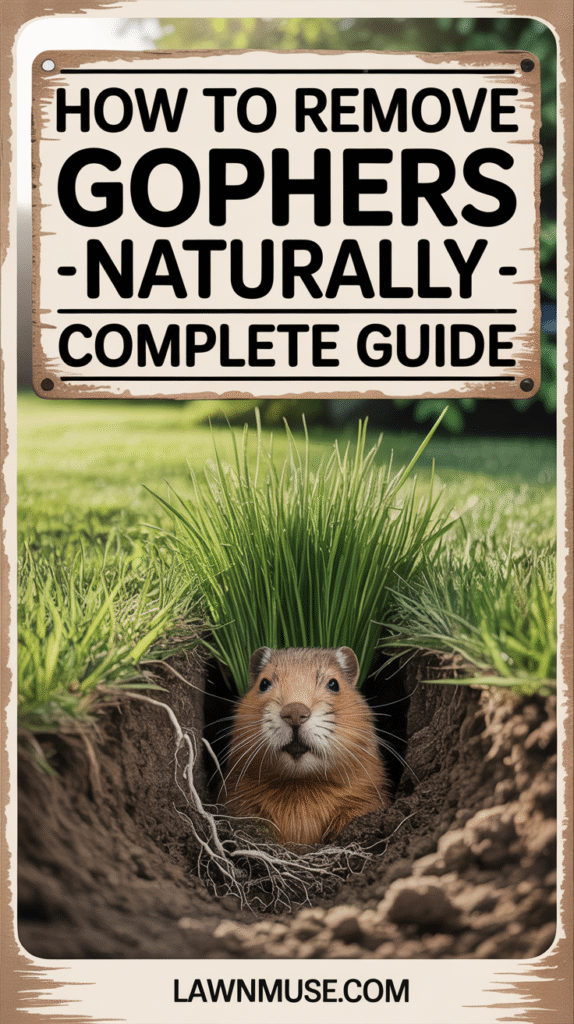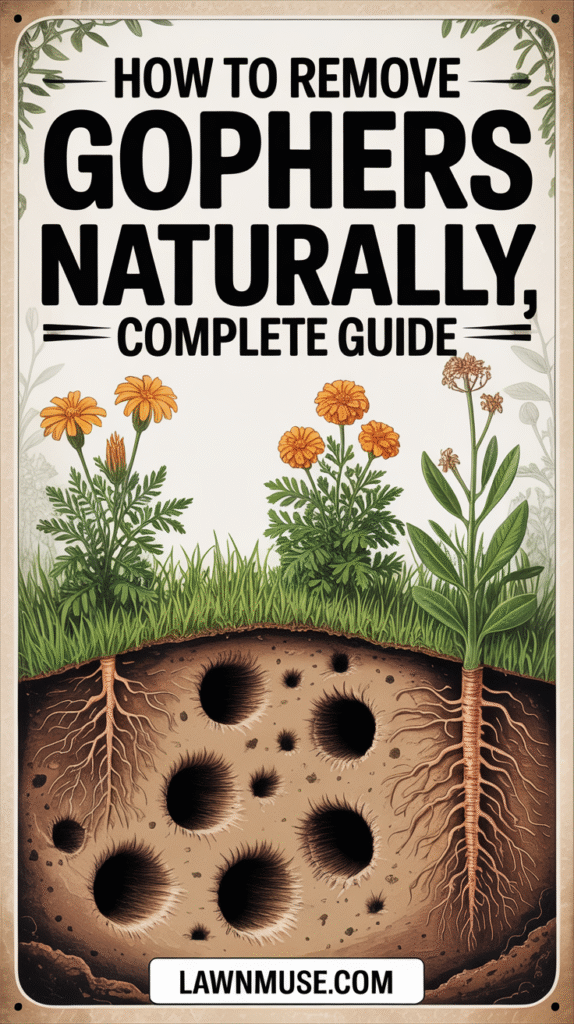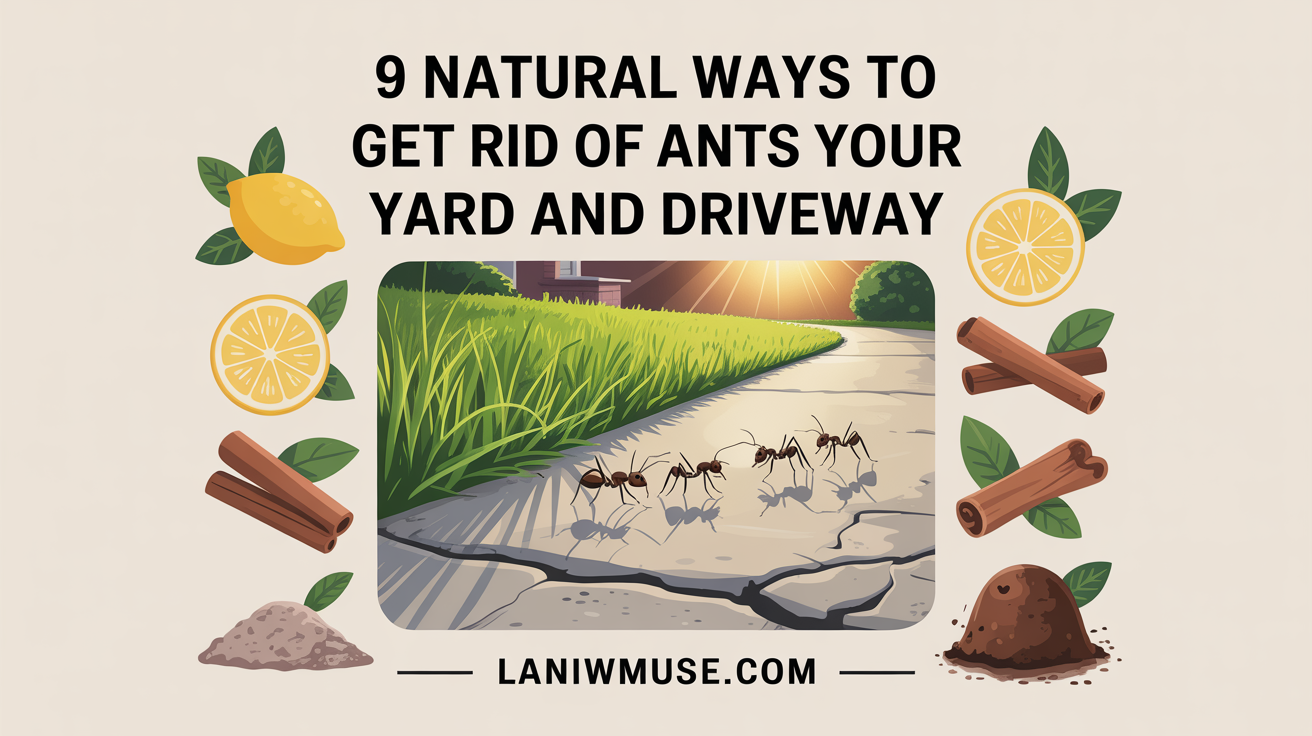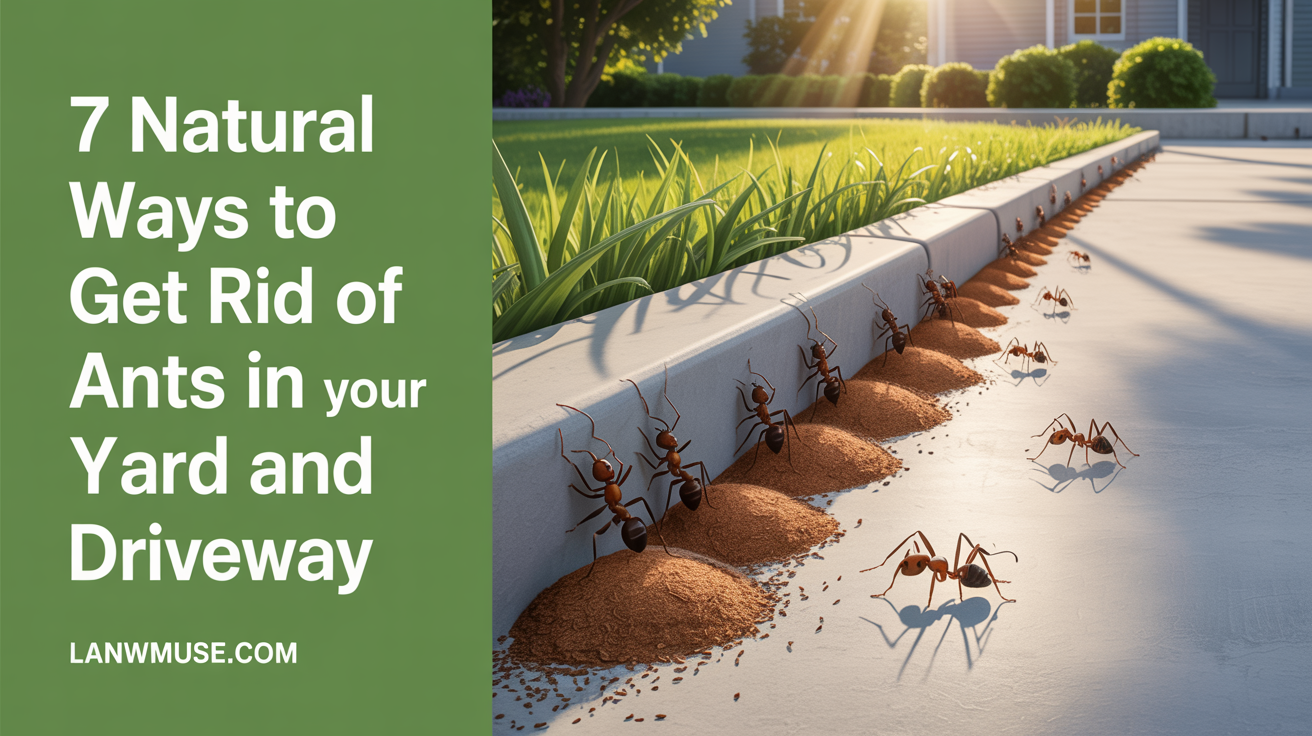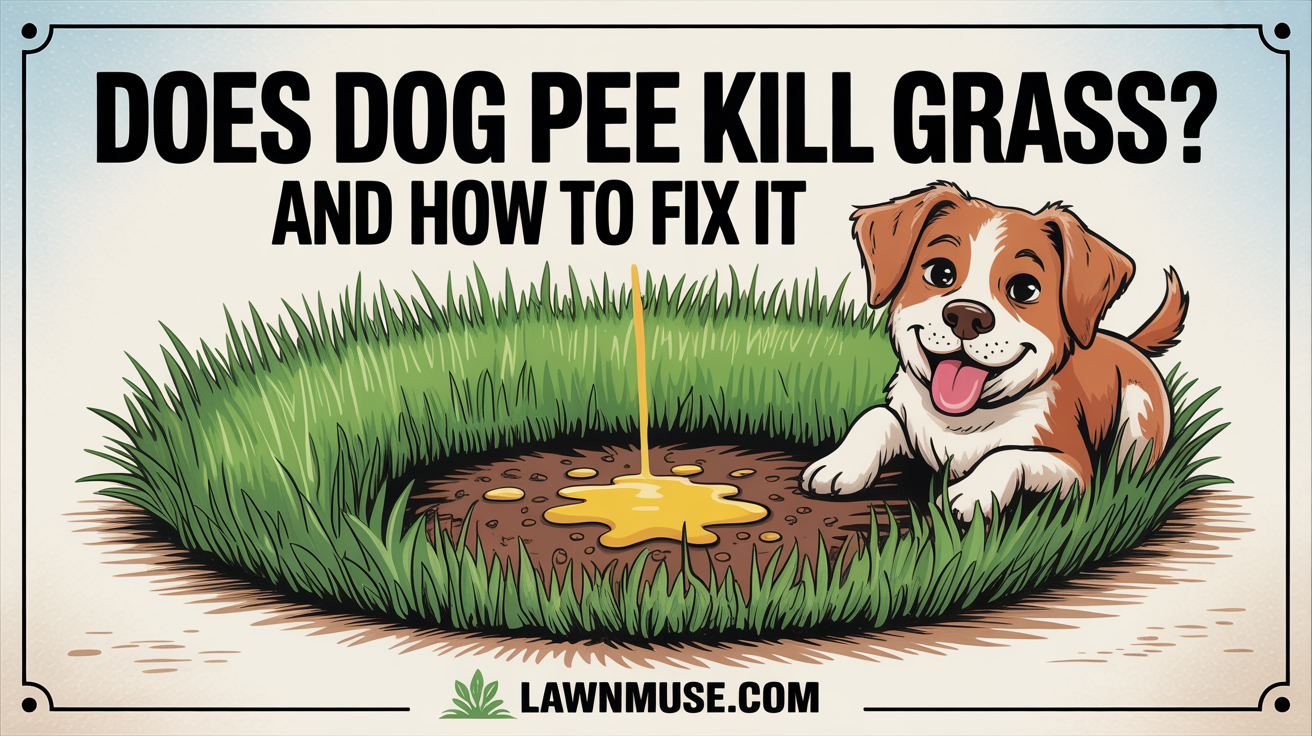If you’ve watched a beloved garden plant vanish into the ground, you know the frustration of a gopher problem. These small, burrowing rodents, often called pocket gophers, can cause quite a mess, turning a pristine lawn into a minefield of dirt mounds. They target the moisture-rich roots of your plants and trees, potentially undoing years of growth in mere hours. Beyond the garden, their tunnels can weaken the ground, creating tripping hazards or even collapsing patios and walkways.
Fortunately, you don’t need harsh chemicals to deal with these subterranean pests. There are effective, pesticide-free strategies you can use. Let’s dive into understanding gophers and how to manage them naturally.
Gopher Essentials: What You Need to Know
Knowing your enemy is the first step in any pest control battle.
Meet the Pocket Gopher
Pocket gophers are small rodents, typically ranging from about five to ten inches long, with fine, soft fur that can vary in color from nearly black to pale brown or almost white. They get their “pocket” name from fur-lined cheek pouches used for carrying food and nest-building materials.
These critters are built for digging, sporting powerful front paws and large claws. They have small external ears and eyes, and lips that can close behind their large incisors, which helps them avoid swallowing dirt while they tunnel. Highly sensitive whiskers and a sparsely haired tail guide them through their darkened underground world.
Gophers vs. Moles vs. Voles: Know Your Pest!
It’s easy to misidentify the culprit, which can make your control efforts less effective. Here’s how to tell them apart:
- Gophers are herbivores, eating only plants, especially roots, bulbs, and dandelions. Their mounds are usually fan-shaped or flattened with a plugged hole on one side.
- Moles are insectivores, primarily munching on insects, grubs, and earthworms, not plants. Their mounds are circular and volcano-shaped, and their burrows are typically shallower, often creating surface ridges. Moles also have large, paddle-shaped feet and almost invisible eyes.
- Voles have a more mouse-like appearance, are generally smaller than gophers (5 to 7 inches long), and have visible eyes and ears.
Understanding Their Habits
Gophers spend almost all their time underground, only occasionally surfacing to feed on plants. Their extensive burrow systems can cover hundreds, even thousands, of square feet. A single gopher can build up to three mounds a day, and they typically live alone.
A gopher’s main tunnel is usually between 4 and 18 inches below ground, with many lateral tunnels branching off to surface mounds. Some parts of the main tunnel can even go as deep as 5 or 6 feet. Gophers are active year-round, at all hours, and prefer fertile, light-textured soil.
Why Gophers are a Headache (and Sometimes a Help!)
The obvious downsides are clear: destroyed plants, unsightly mounds, and potential damage to underground utility cables or irrigation pipes. They can also reduce dry land yields significantly and cause soil erosion.
However, gophers aren’t just pests; they’re also important parts of the ecosystem. Their digging aerates the soil, decreases compaction, and increases its ability to soak up water. They boost soil fertility by mixing plant material and fecal wastes into the ground and bring minerals to the surface, speeding up new soil formation. Plus, they serve as food for various predators like owls, coyotes, weasels, and snakes.
Spotting the Signs
The most telltale sign of an active gopher is the fresh mounds of soil in your yard. These mounds are often crescent or horseshoe-shaped when viewed from above. The gopher hole will be on one side of the mound, appearing as a soil plug. Gophers seal their entryways to deter predators and block out light. While active all year, you’ll most commonly see these mounds in spring and fall when the soil is ideal for digging.
Locating the Main Tunnel
Before you can effectively manage gophers, you need to find their main tunnel. This might take a little trial and error, but it’s crucial for successful control.
- Grab a probe: A metal rod with a handle, a shovel handle, or even a broom handle can work.
- Find a fresh mound: The lateral tunnel, which leads to the main tunnel, is on the side of the mound where the plugged entryway is.
- Start probing: Push the probe into the ground about 4 to 10 inches away from the mound’s base, specifically on the side of the entryway. The main tunnel is usually 4 to 12 inches below the surface, but can be deeper, up to 18 inches. When the probe suddenly drops a couple of inches, you’ve likely found the main tunnel.
Effective, Natural Ways to Deal With Gophers
Now that you know how to identify and locate gophers, let’s explore the best natural control methods.
1. Prevention is Key: Building Barriers and Strategic Planting
Excluding gophers is one of the most effective ways to protect your valuable plants.
- Physical Barriers for Your Plants: For individual plants or small beds, complete underground screening is recommended. Use hardware cloth or 3/4 inch poultry netting. You can build a barrier when planting, extending it underground 1 to 2 feet and at least 1 foot above ground. For raised beds, stretch netting across the bottom before filling them. Wire mesh baskets, available in various sizes, are great for protecting prized plants like roses, fruit trees, or vegetables. Bury the mesh at least 2.5 feet deep, bending the bottom 6 inches outwards at a 90-degree angle to deter digging underneath.
- Protecting Underground Infrastructure: Gophers occasionally chew on plastic sprinkler pipes or underground cables. Prevent this by using a barrier of six inches of coarse gravel, or enclosing lines with lead or PVC wider than 2.9 inches in diameter.
- Smart Planting Choices: Gophers usually avoid certain plants. You’re safe planting daffodils (Narcissus) and most allium, onion, or garlic plants. You can also try planting a border around your garden with plants known to repel gophers, such as gopher spurge, crown imperials, lavender, rosemary, salvia, catmint, oleander, and marigolds.
- Agricultural Strategies (for larger areas): If you have a larger property or garden, consider planting annual grains as a rotation crop or a buffer strip. Gophers don’t thrive on these because their roots don’t provide enough food. A buffer of bare ground can also work.
2. Trapping: A Direct Approach
Trapping is often considered the best way to control gophers in smaller areas. It requires patience and effort, checking traps daily.
- Different Types of Traps: Common traps include Macabee, box traps, and Cinch traps. It’s wise to get advice on what works well locally. Note that steel-jawed leghold traps and other body-gripping traps are illegal in some areas, like Washington.
- Setting Main Tunnel Traps: Macabee and box traps are typically set in pairs in the main tunnel.
- Once you’ve located the main tunnel with a probe, dig a small hole down to it, clearing any loose dirt.
- Set traps in pairs, one facing each direction, about 6 to 8 inches deep into the tunnel.
- Wire your traps to a stake at the surface for easy retrieval and to prevent predators from taking the gopher.
- Cover the hole with plywood or cardboard, sealing the edges with dirt to block out light and air.
- Using Cinch or Open-Pan Traps: The Cinch trap or open-pan traps can be set directly in a fresh burrow entrance.
- Clear the burrow entrance just enough to insert the trap’s jaw end.
- Tie the trap to a stake for easy retrieval.
- Leave the hole open; the gopher, disliking open burrows, will try to plug it and trigger the trap.
- Important Trapping Tips:
- Check traps often and reset as needed.
- If you don’t catch a gopher within a couple of days (or 48 hours), move the traps to a new location.
- Bait isn’t always necessary, but some people use cabbage, apples, carrots, alfalfa, or even Juicy Fruit gum (which some claim kills them if ingested, but is better used as bait) to get better results.
- Always take precautions to prevent children and pets from contacting traps.
3. Flooding: A Quick Flush
You can try flooding a gopher burrow with a garden hose. This can force the gopher to leave the tunnel, potentially providing an opportunity to remove it. Place the hose inside a tunnel entrance and turn it on full force. This method is best for new tunnel systems and where water damage won’t be an issue.
4. Inviting Natural Predators: Owls and More
Barn owls are excellent gopher eaters; a family can consume an estimated 1,000 gophers a year. If barn owls thrive in your area, you can encourage them by putting up nest boxes. However, there’s no guarantee the owls will target your specific gophers, and they need a steady food supply to stay.
Other natural predators include gopher snakes, coyotes, and weasels. The presence of dogs and cats can also make gophers uncomfortable enough to move on. However, be cautious, as gophers can carry diseases, and pets could be at risk if they eat a gopher that has ingested poison.
5. Gopher Blasters: For Rural and Stubborn Situations
For rural areas, a “gopher blaster” might be an option. This device involves inserting a metal wand into the burrow to ignite a propane/oxygen mixture, causing a loud explosion. Makers claim the force kills gophers and damages the burrow system, but it’s not ideal for all situations due to the noise and soil disruption.
Methods to Skip: What Doesn’t Work (or Is Dangerous)
Many “remedies” for gophers lack credible evidence or are outright dangerous. Avoid these:
- Repellent Plants & Devices: Despite claims, plants like “gopher purge,” castor beans, and garlic, along with frightening devices such as vibrating stakes, pinwheels, and ultrasonic devices, have not been proven effective in research. Gophers are often exposed to loud noises like lawnmowers and don’t scare easily.
- Chewing Gum & Laxatives: These are not effective control solutions.
- Water Flushing (for long-term): While a quick flood can sometimes chase them out, consistently flushing burrows with water is not recommended for a permanent solution. Excess water softens the ground, making it easier for gophers to dig, and they have many tunnels to escape or block off. Flooding can also damage underground structures.
- Poisons: A Big No! Poison baits are highly dangerous. They are deadly not only to gophers but also to pets and other wildlife (like owls or hawks) through direct ingestion or secondary poisoning. It’s simply not worth the risk.
- Dangerous Explosions & Fumes: Igniting propane, butane, or natural gas, or blowing exhaust into tunnels, is extremely dangerous. These methods can cause serious explosions, harm plant roots, or spread toxic fumes. Gophers can also quickly plug tunnels if they sense gas.
When to Call a Professional
If you’re dealing with a severe gopher infestation, have a large area to treat, or need a quick solution, calling a professional for gopher removal can save you time and stress. They have the expertise to place traps successfully and handle the gophers once caught. Once they’ve gotten the problem under control, you might be able to maintain it yourself.
Sometimes, particularly stubborn gophers may require multiple approaches used simultaneously, such as a combination of repellent plants, an ultrasonic repellent, and physical barriers. After all, the only truly permanent solution would be to concrete your entire yard!
Reclaim Your Space!
Dealing with gophers can be a challenge, but with these natural and effective methods, you can protect your garden and yard without resorting to harmful chemicals. Start by understanding your gopher, then choose the strategies that best fit your situation. Your beautiful garden will thank you!
